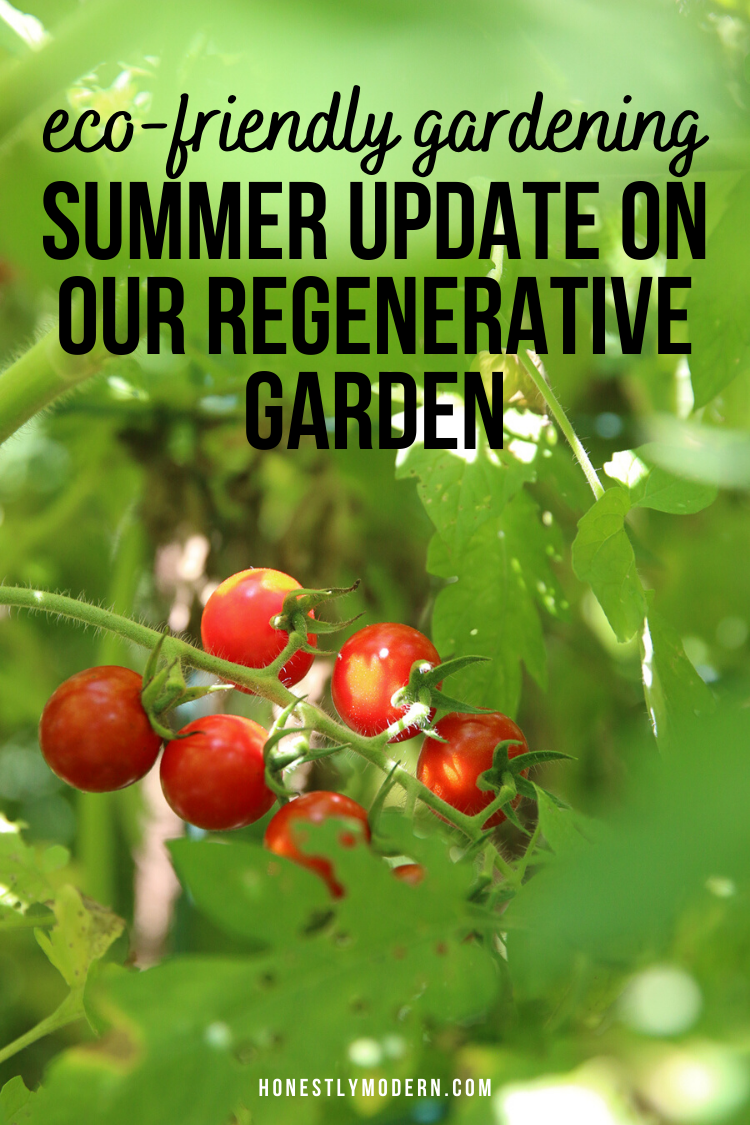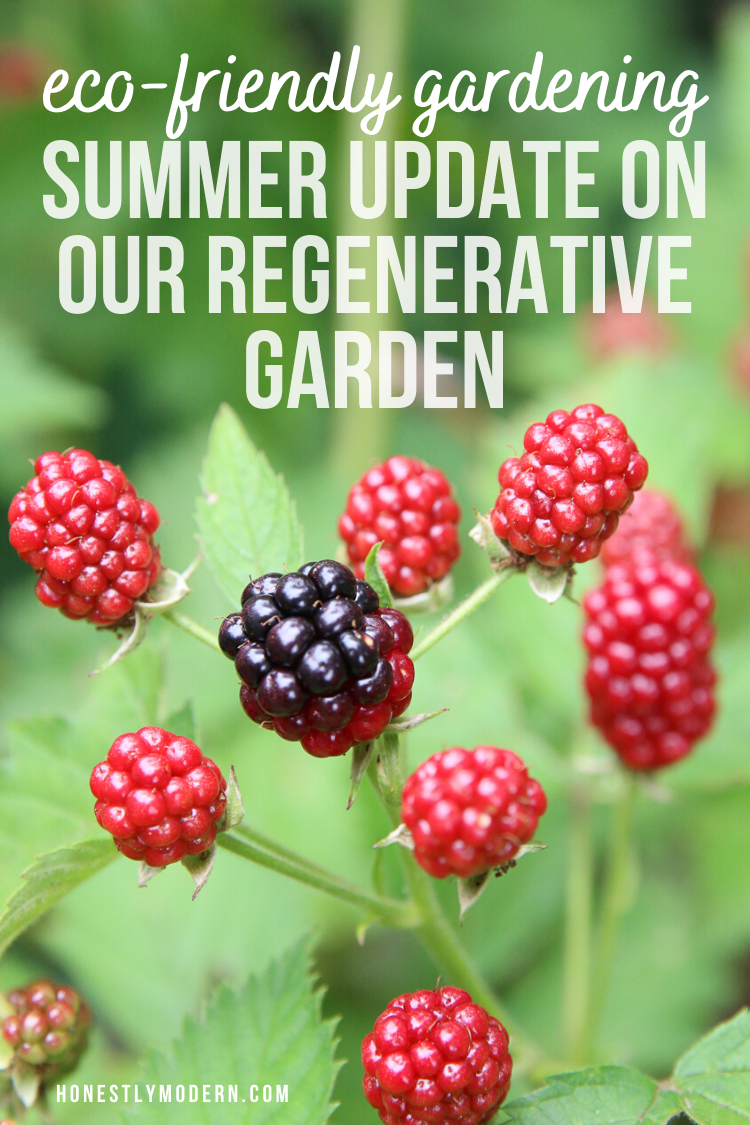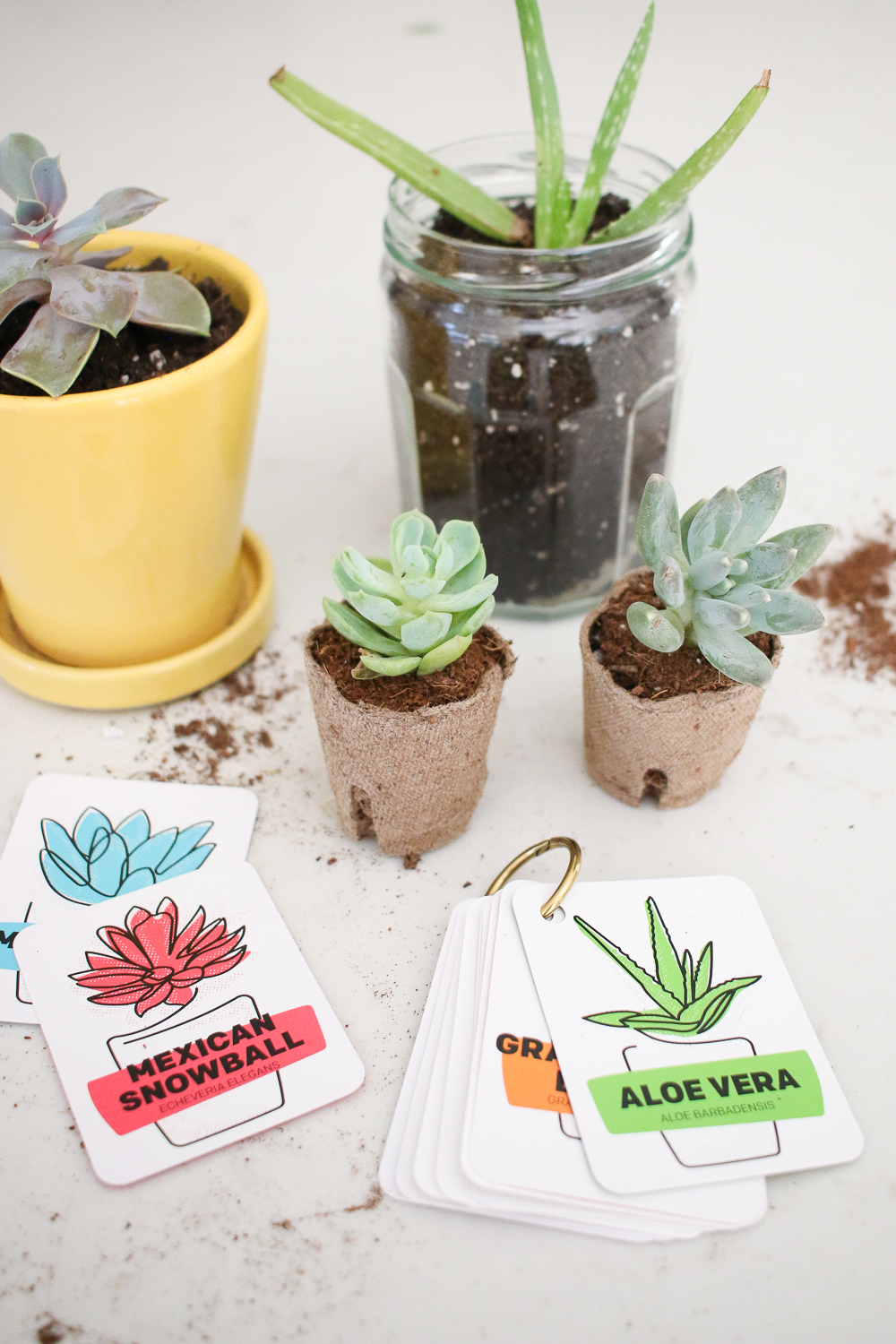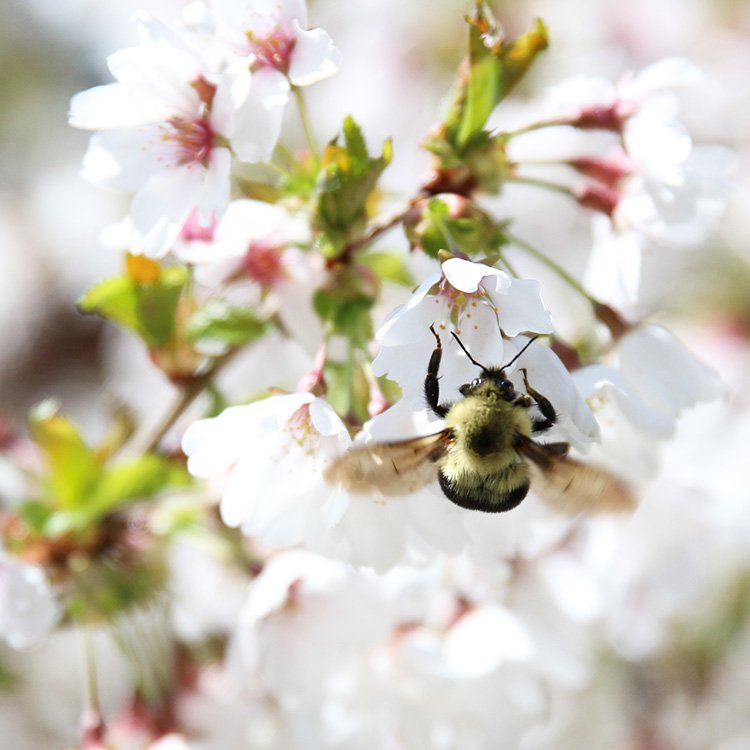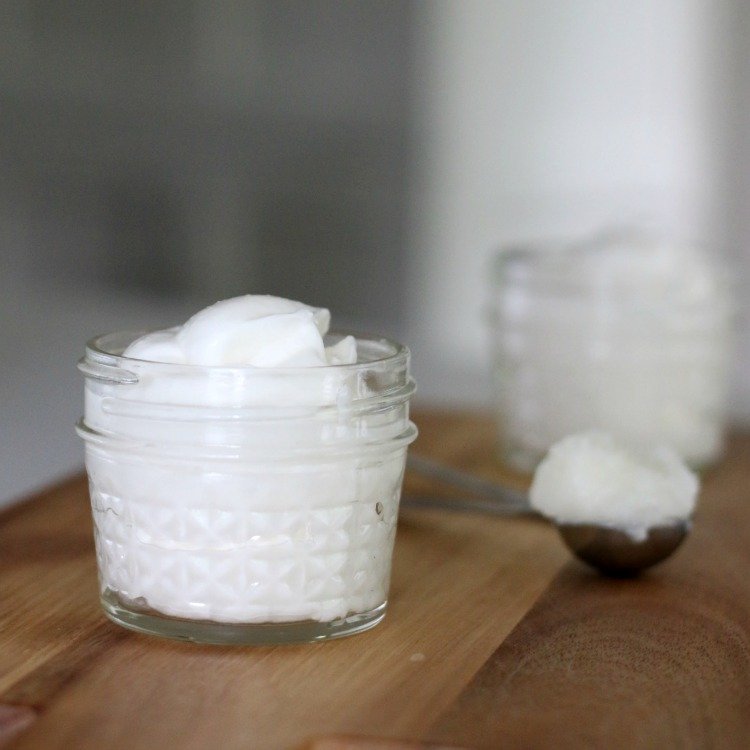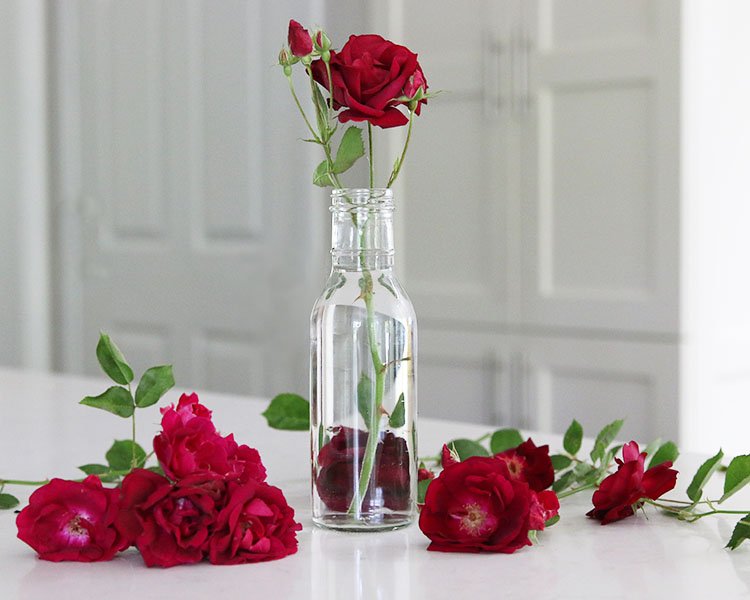A Summer Update On Our Regenerative Garden
Did you plant a garden this summer? We planted quite a few flowers and vegetables, and we continue to tend to the fruit plants that mature a bit each year. Read on for a summer update on our regenerative garden this year.
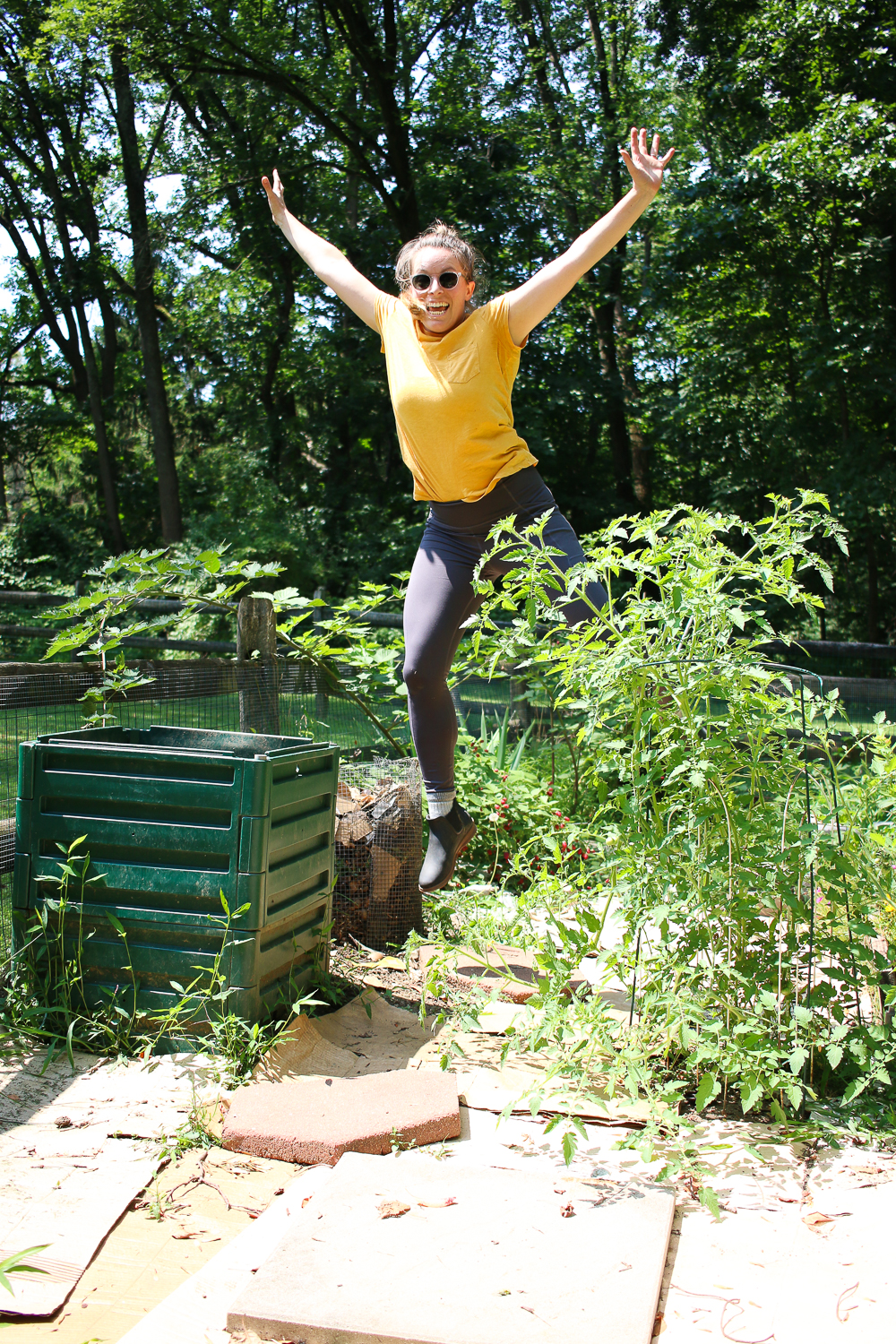
What’s growing in your garden this year? Have you tried any new tactics to make your garden more regenerative?
With each passing year, I’ve tried to follow the lead of the garden. I’ve learned more about what thrives and what dies in our garden, without the use of pesticides or herbicides.
Some things, like blackberries, flourish every year while other plants regularly succumb to pests, don’t get enough sun, or can’t find enough to drink. I lean into the foods that grow well and add a small new bed or two each year to increase the yield of our garden as my competency grows alongside it.
I’m far from a green thumb. I’m a messy gardener. But it’s pretty amazing what nature handles on its own when given a dollop of sunshine, a little boost of nutrient-rich compost, and an occasional drink of water. Here’s what going on in our garden this summer.
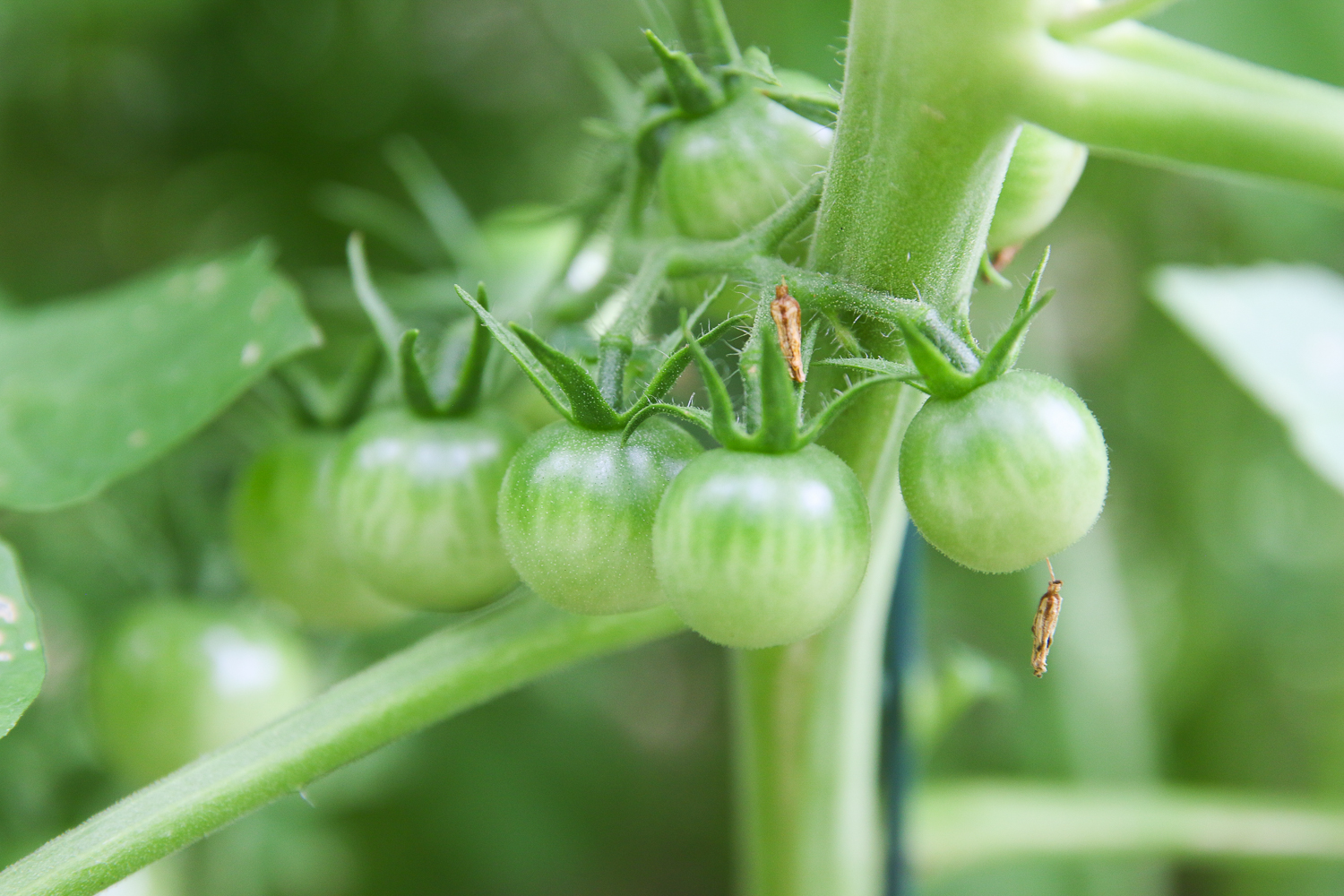
The Year of the Tomatoes
It’s official. 2021 is the year of the tomato in our garden. All the tomato seedlings are flourishing and more tomato plants sprouted up in just about every corner of the garden. It’s too bad I don’t like tomatoes…
In all seriousness, I really don’t like raw tomatoes. My husband and one of my sons enjoy popping tiny tomatoes in their mouths or adding them to salads. But most of the tomatoes from our garden will live in the freezer until they land in a pot for pasta sauce.
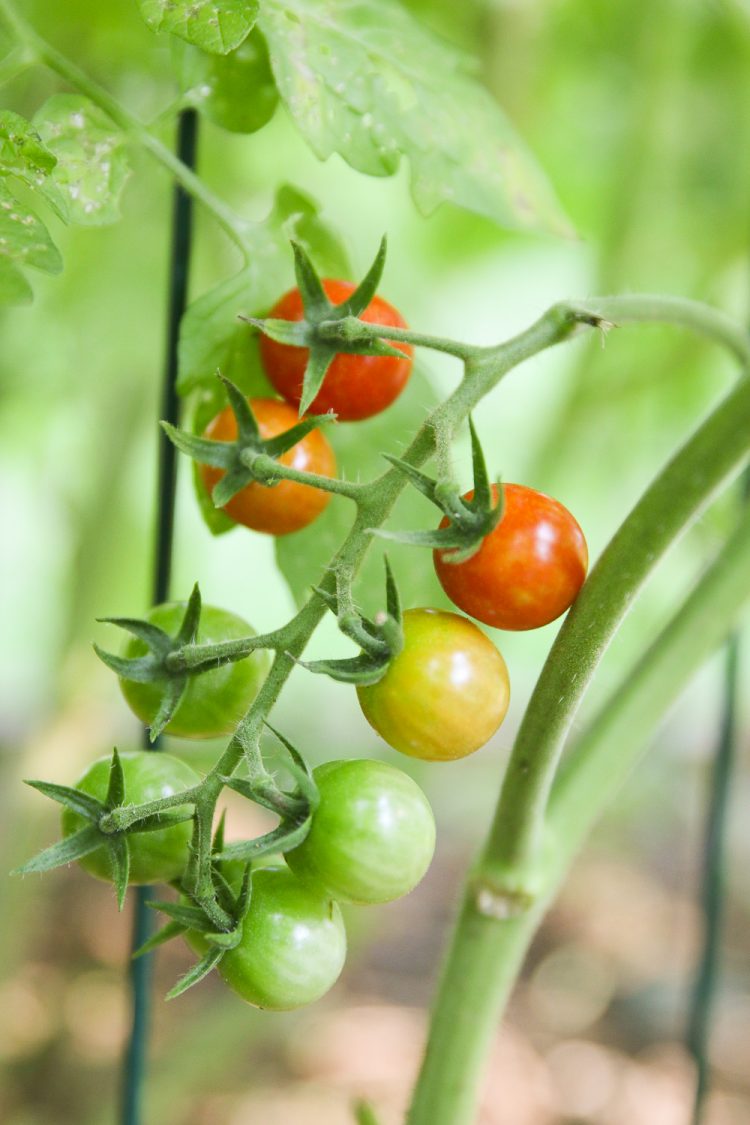
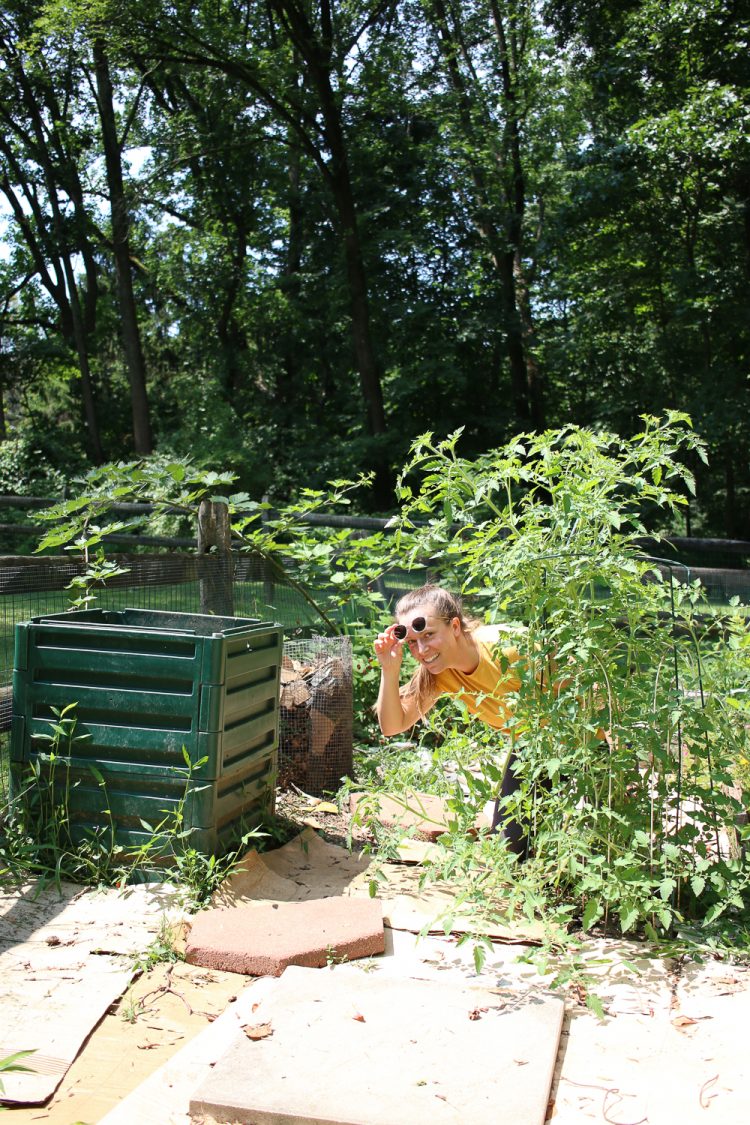
We planted a handful of tomato seedlings in raised beds, but the tomatoes surprised us by showing up in walkways, in buckets for other plants, and even around our Subpod. I’m fairly certain these seeds all survived the winter and grew out of the last year’s tomato crop.
I’m not sure if they popped up out of compost I spread around the garden and used in buckets this spring or if squirrels carried the seeds into every nook and cranny of our garden last summer. I suspect it’s a bit of both. Either way, we have a garden full of cherry tomatoes that are ferociously flourishing.
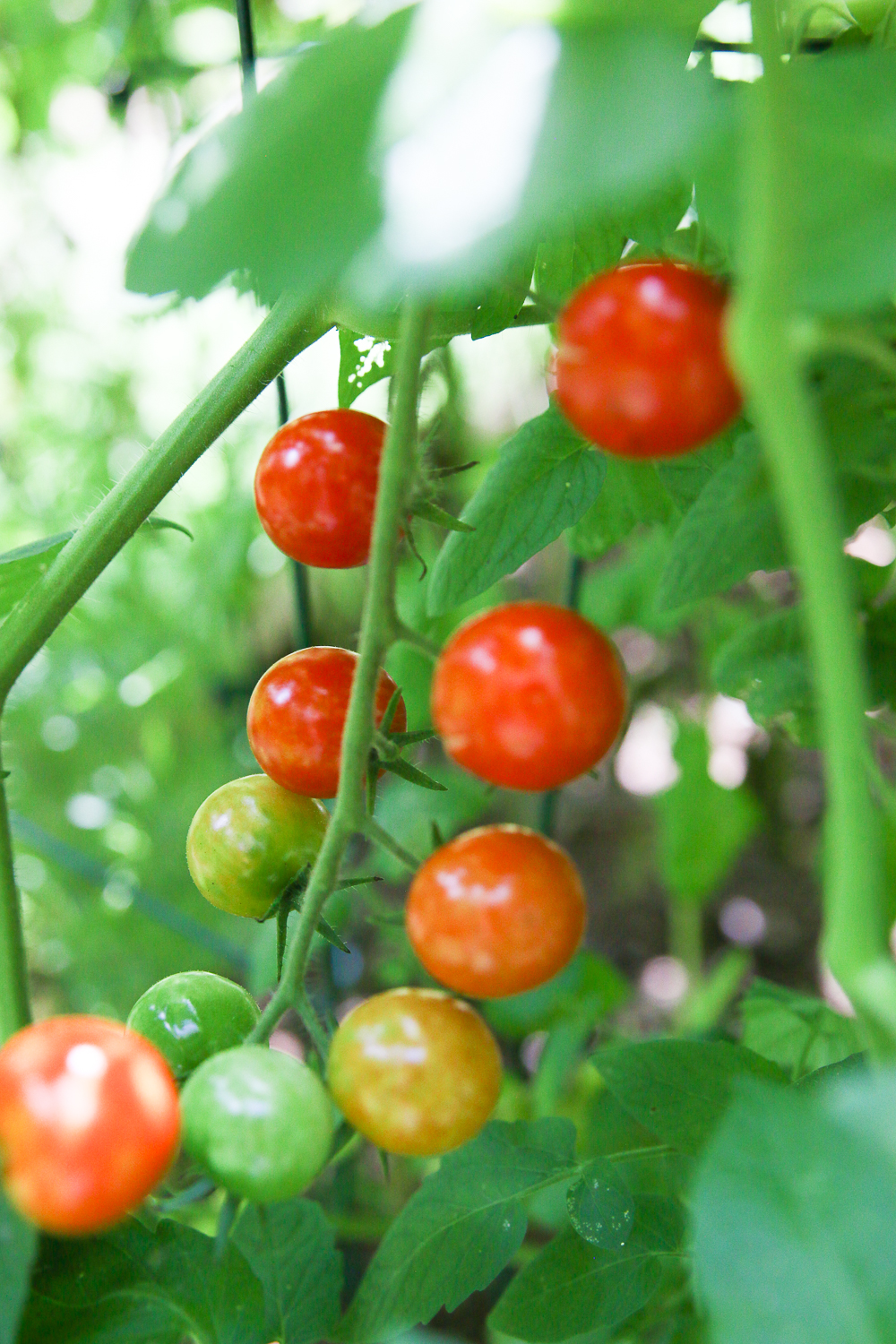
The Best Compost Ever (Seriously)
Each year, I’ve amended the raised beds with some of the compost from my own little compost bins. It’s been fine, and I’m thrilled not to send those food scraps to the trash bin.
This year, I purchased organic compost from a local compost processing company. They’re the company that processes all the food scraps I collect through WasteWell, and we give their compost to our WasteWell customers each spring.
Holy smokes. I didn’t understand the benefits of compost until I saw what this compost did to our garden this year! I amended the soil in several raised beds with this compost, and the plants have flourished more than ever. I’ve noticed a difference especially in beds that produced particularly poor results in the past.
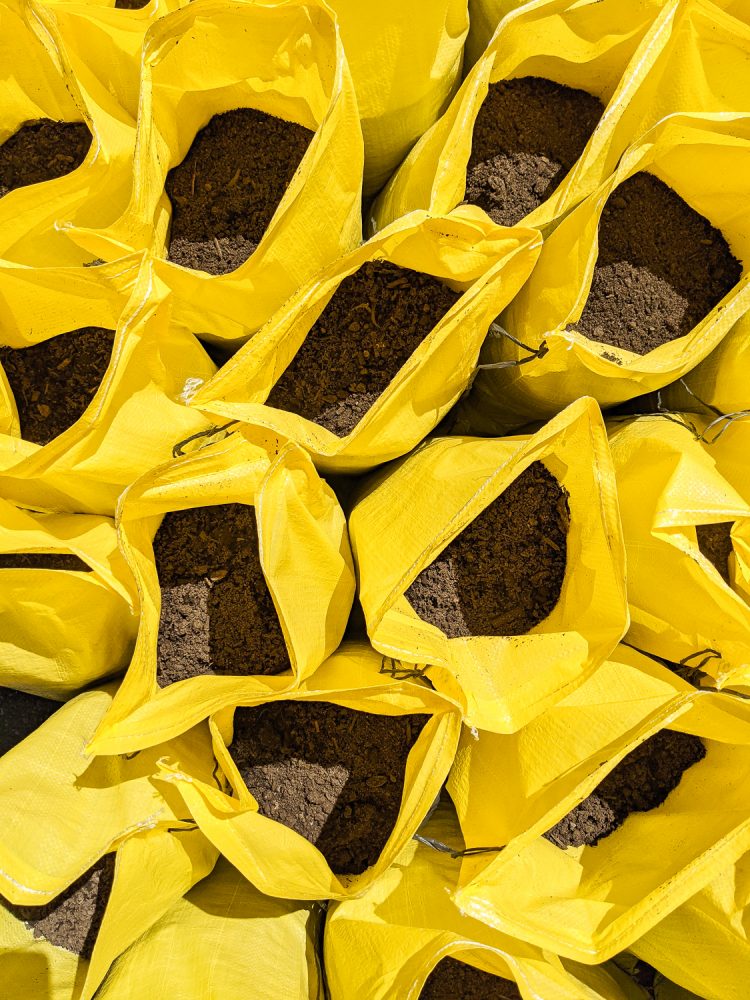
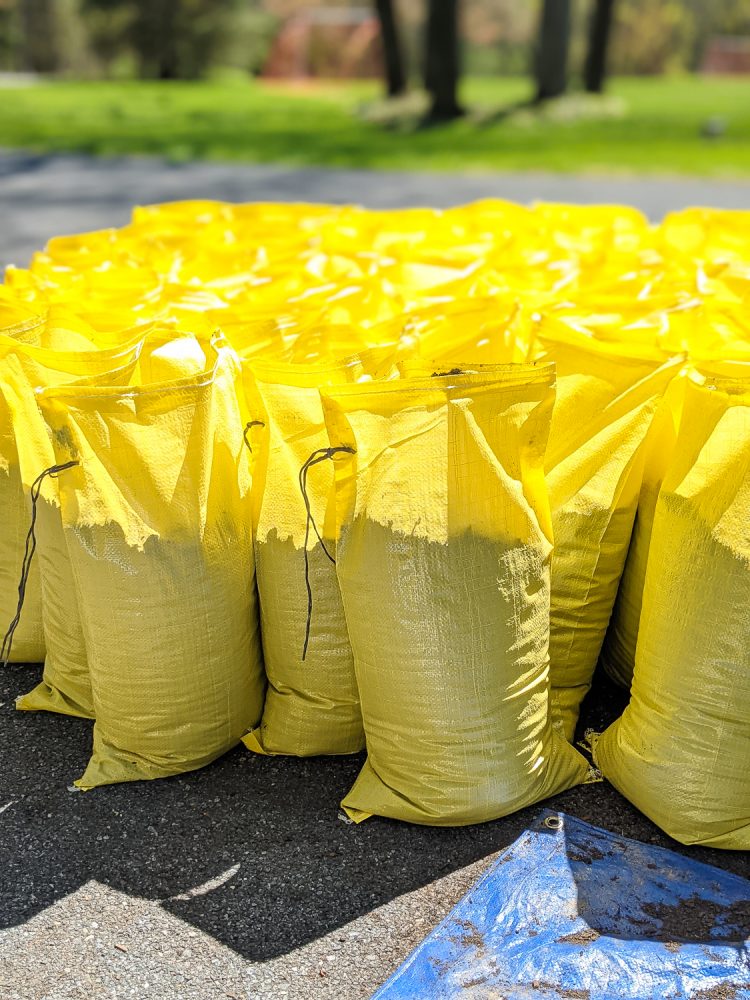
After doing well for many years, the raspberry bushes struggled in 2020. (Didn’t we all…) The soil looked depleted after several years of producing lush raspberry harvests. This year, I added a generous layer of compost to the beds, and the raspberry plants are bigger than I’ve ever seen them.
I probably need a new support system for them as they’re leaning into the tomato beds. But for now, maybe the prickly raspberry shoots will keep the squirrels out of the tomatoes. Unlikely, but a gardener can dream.
The Squash Surprise
I thought I planted a watermelon plant, but it turns out it was squash. My memory must have failed me. And now I have a sprawling butternut squash vine weaving through the tomato plants, the strawberry patch, and over the eggplant.
I planted some butternut squash seeds on our trellis last year. Quite a few grew, but they fell off the trellis (or were stolen by hungry birds – the more likely option) before ripening. We ended up with just a couple of squash to eat.
So far this year, I’ve seen at least a handful of butternut squash sprouting from the meandering vines. Let’s hope the crows, raccoons, and squirrels don’t get to these before they’re ready to pick.
I also have a funky yellow gourd plant crawling through the other side of our garden. I truly have no idea where the plant came from (maybe a misplaced seed in a different squash seed packet)? I’ll never know, but now I have some great decorations for the fall holidays.
Pollinators Were Late To The Party
The pollinators showed up late to the party this year. Deep into spring and early summer, I saw very few pollinators in our garden. Pollinators have lost significant habit over the last few decades for a variety of reasons including, among others, pesticide use and a transition from native plant species to ornamental plants in many home gardens.
The decline concerned me, especially when a friend mentioned the same situation in her garden. I wondered about the impacts of a depleted pollinator population on the local farms in my community.
Just in the last couple of weeks, however, I’ve seen lots of bees among the raspberry bushes and butterflies flitting from flower to flower. We added new native plants to our garden this year, hoping to attract more pollinators. Fingers crossed the delayed arrival isn’t an ominous sign of things to come.
Next year, I’d like to add milkweed to our garden. We tried to grow it this year, but the seeds never sprouted. Maybe we will have better luck on our second attempt.
Raspberry Season Took a Raincheck
I’m hoping the ‘better late than never’ arrival of the bees is good for the raspberries that have yet to really show up. While the green shoots have grown like crazy, likely due to the compost amendment, the berries are slow to ripen. Maybe the plant spent too much energy growing the greens and forgot to focus on the sweet stuff?
As the bees get busy around the berries, I’m starting to see a few raspberries turn red and juicy. Hopefully, we’ll have a fall raspberry harvest and not just a mess of green shoots spilling all over the garden.
Our Sole Pumpkin Found a Friend
My younger son brought home two small pumpkin plants he sprouted at school. We planted them in the garden, and they’ve spread like crazy. For a while, we only have one lonely pumpkin growing among the broad and roaming ground-cover leaves. Maybe the lack of bees or other pollinators early in the season limited the blossom pollination.
Just this week, we found a second little pumpkin growing under the mass of vines and leaves. I guess our first pumpkin has a friend.
We plan to roast our pumpkins and use them to make these pumpkin chocolate chip cookies or these pumpkin donuts. If you haven’t tried the cookies, I suggest you do. They are light, fluffy, and incredibly delicious. They earn rave reviews every time I make them.
In years past, we’ve had a half dozen or so pumpkins grace our garden, so I think we can grow them more efficiently. I’ll try again next year and see how they do.
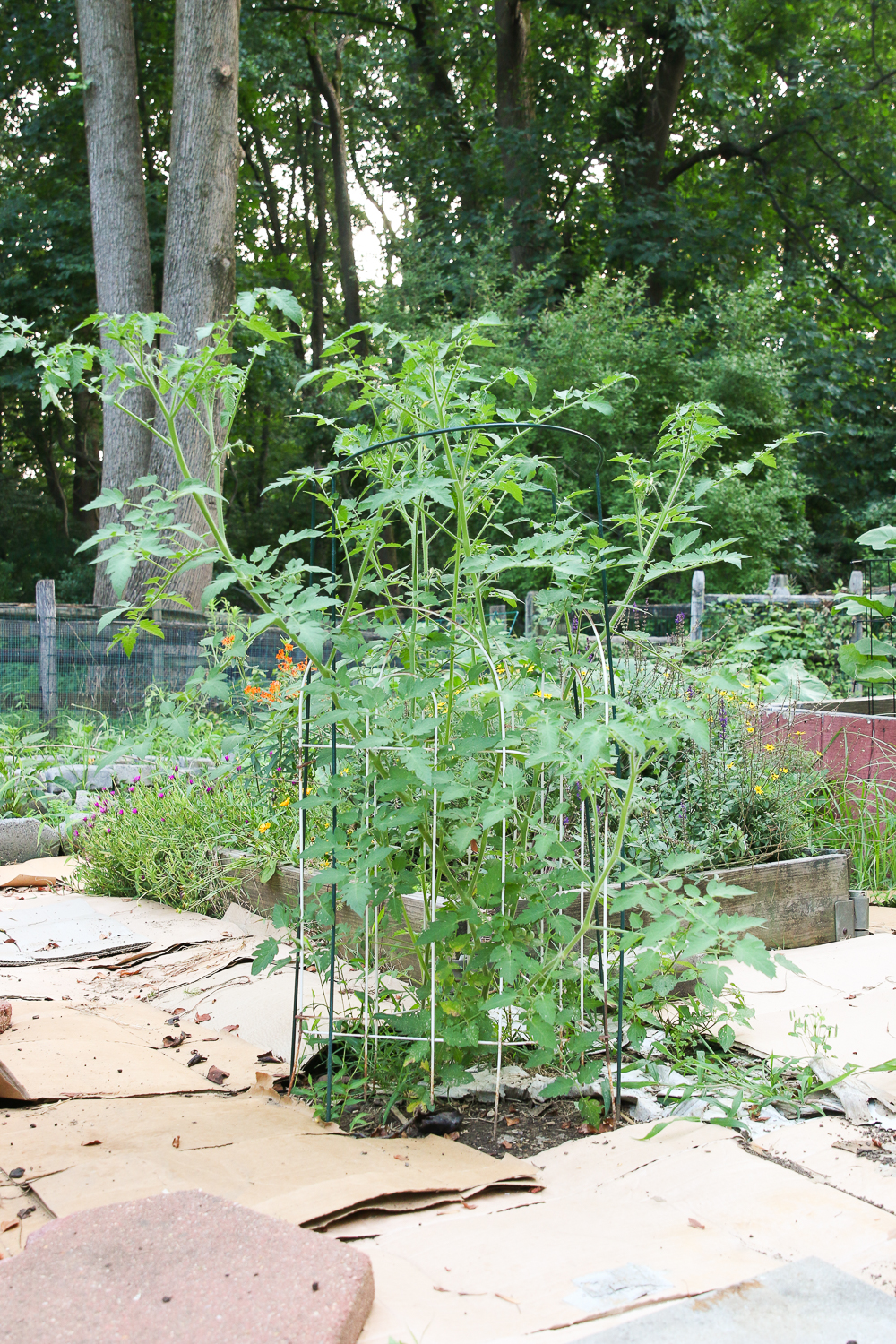
Cardboard, Cardboard, and More Cardboard
Last summer, I started laying cardboard in the garden walkways to suppress the weeds (and it’s now pretty popular on my Pinterest account). Shameless plug: Go follow me on Pinterest if you’re up for it. It’s definitely my most active social media home.
Anyway… I managed the weeds in the raised beds alright last year, but the walkways and open areas grew knee-high greens.
Beneficial praying mantis bugs blended into the green blades, but I hated tromping through the weeds. Inevitably, the gnats and mosquitos made dinner out of my ankles every time I entered the garden. Cardboard to the rescue.
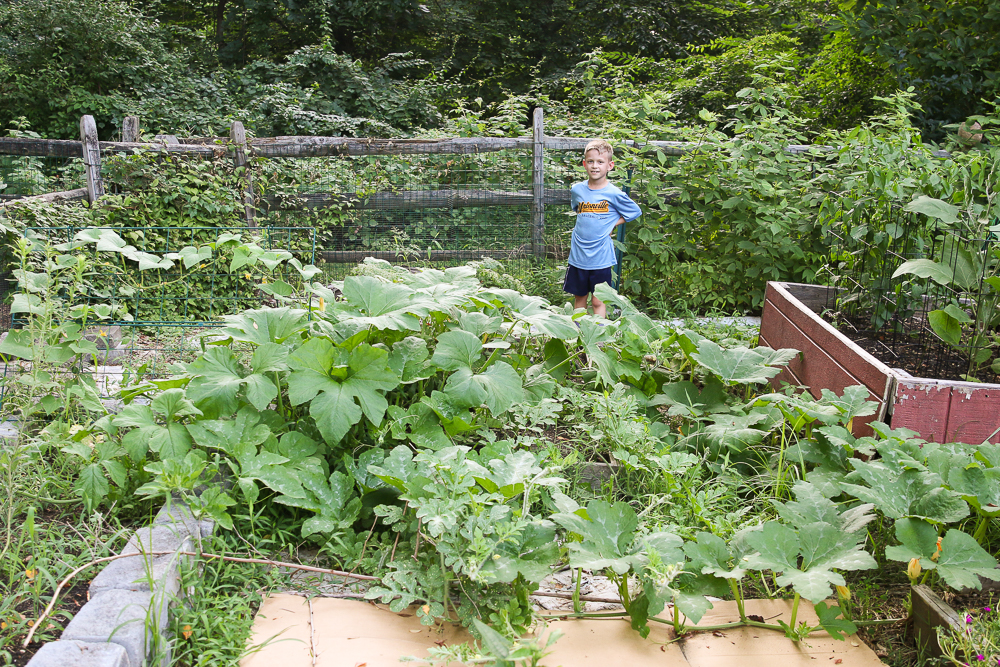
Clean cardboard is a great source of carbon for soil that reduces weed growth without chemicals, helps protect soil from erosion, and creates an environment to replenish nutrients in the soil. Cardboard ground cover is a little like a layer of leaves that falls on the forest floor. It’s not quite as nutrient-rich as a variety of leaves nor does it offer as much airflow to the soil. But it’s a carbon-rich layer that breaks down over time for the benefit of the microorganisms in the soil.
The cardboard ground cover has been a great solution. It helps reduce the amount of cardboard I send to our recycling bin from shipping boxes. I have far fewer weeds to manage. The soil is healthier than if it were bare. And I don’t have to spend time using power tools, like a weed wacker, to cut down the weeds to a manageable level.
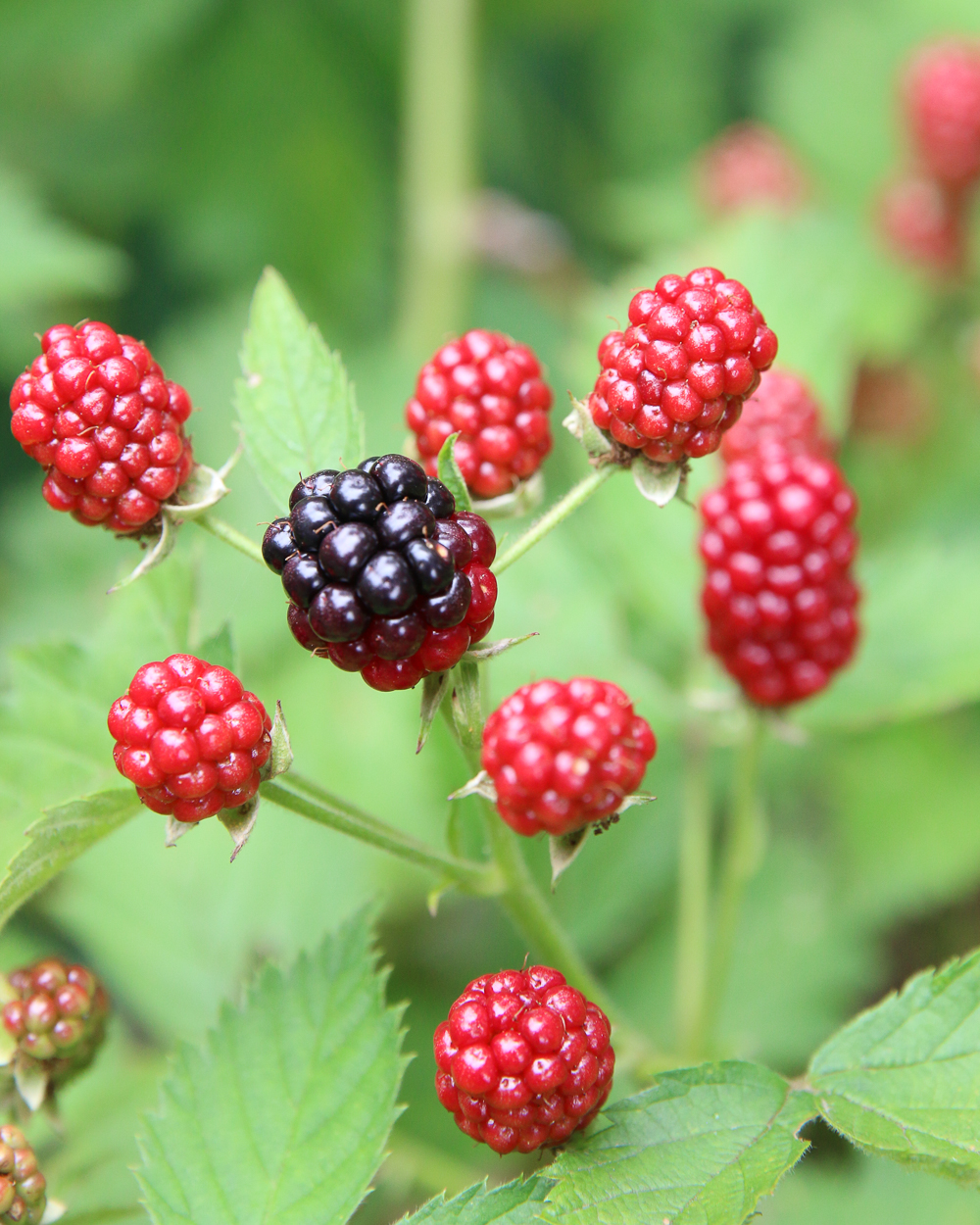
Buckets of Blackberries
A few years ago, my younger son asked to plant a blackberry bush. I knew blackberries have a mind of their own and a tendency to overtake any space in which they live. Nonetheless, I acquiesced.
True to their reputation, the blackberries are bursting with life and climbing over and through anything around them. The shoots grow through the fence, and they climb into the compost.
Because they’re so aggressive, I trim them back regularly. But their tenacity also means we also get a great harvest of blackberries to add to smoothies and snacks. My son eats them straight out of the garden, and I’m a growing fan of the tart treat.
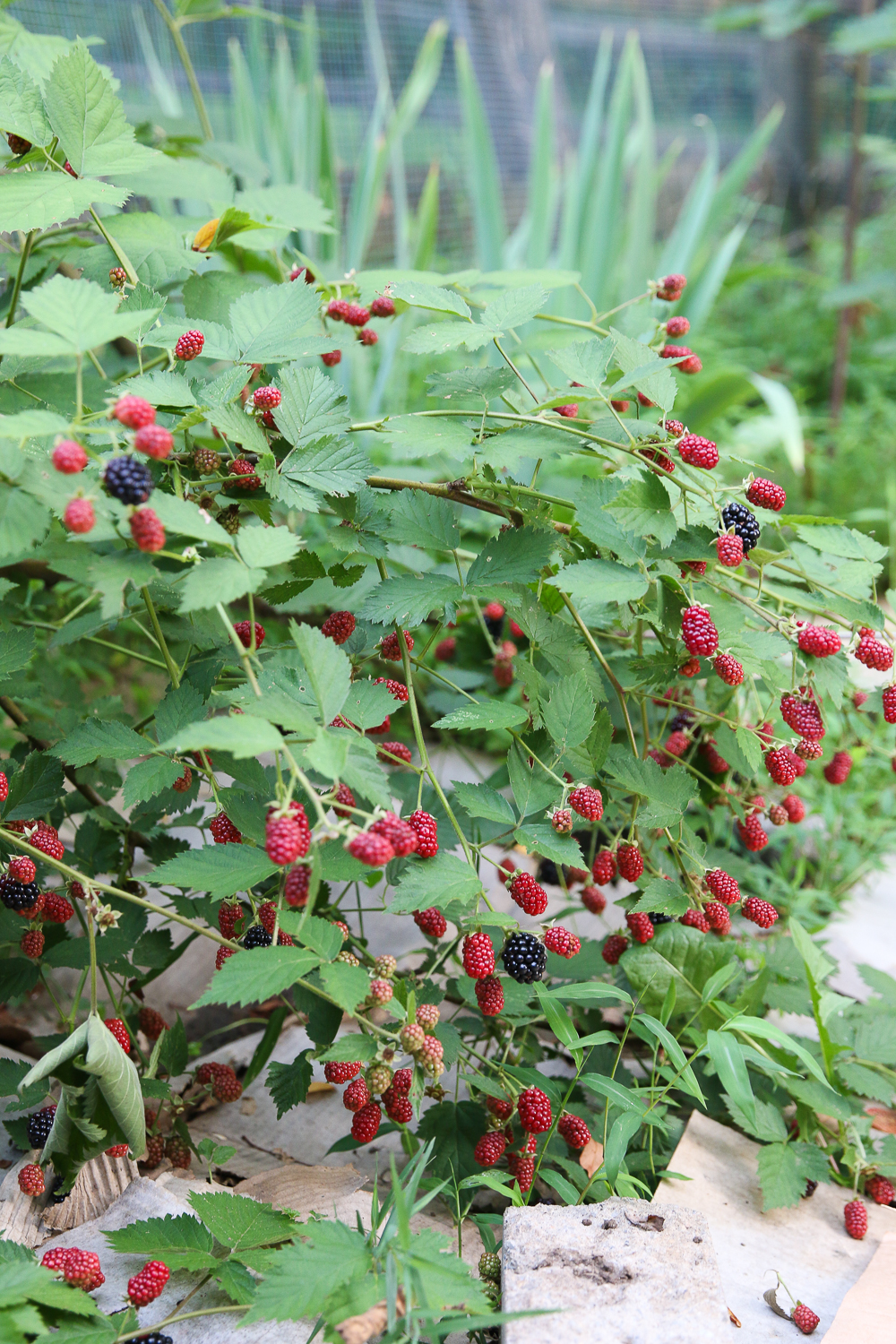
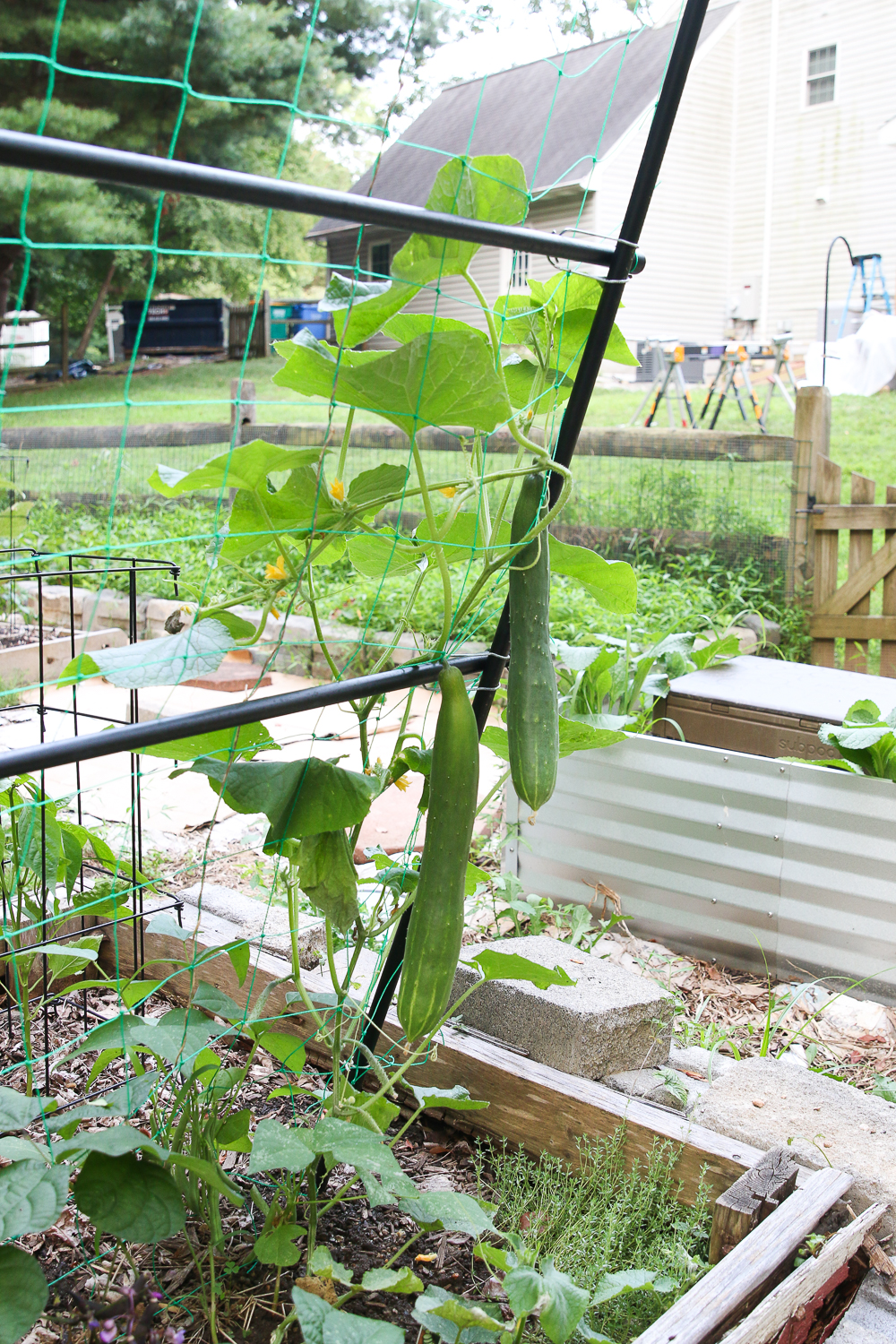
Cucumbers & Bugs
For the last two years, I’ve grown cucumbers with mediocre success. While the first few cucumbers flourish, squash bugs eventually overtake the leaves, and the plants shrivel up and die. I hoped last year was an isolated attack, but it seems to be recurring.
Next year, I’ll do a bit more research to find out how to manage these pests if we want to grow cucumbers again. I hope I find some options that don’t require harsh chemicals. If not, I’ll probably skip the cucumbers for a year or two in hopes that the pesky bug population finds a new home.
No Spotted Lantern Flies This Year
In the last couple of years, we’ve had tons of spotted lanternflies in our garden. Spotted lanternflies are an invasive (and disgusting) bug that started invading Pennsylvania a few years ago. They’ve been spreading like wildfire because they have essentially no predators in this area.
There are certain types of plants on which spotted lanternflies thrive. The grapes in our garden were a key plant that they loved, so I removed the grapes two years ago. We had a few on our cucumbers last year. Aside from individual removal of them from plants in our garden, there are not a ton of great options to get rid of them (and they suck the life out of whatever plants they use as hosts).
This year, however, I’ve encountered very few of them. I found a couple of dead ones on the ground and one flying around our house. But I have yet to find any laying eggs or lunching on the greens in our garden. I’m not really sure why they passed up our garden this year, but I’m sure glad they did. I guess we didn’t give them a reason to show up.
The Subpod Mystery
Lots of people share on social media about their success with the Subpod. Giodana of Happy Composters was kind enough to tell me about her successful Subpod journey in our Bring Your Trash To Life series. But I haven’t had such great luck.
I ordered red wiggler worms from Elm Dirt not long after I set up the Subpod, and I’m pretty sure I killed them quickly. I think my initial failure with the Supbod started when I didn’t have enough dirt to fill the space between the galvanized metal raised bed frame and the Sudpod walls. I didn’t cover all the holes in the sides of the Supbod.
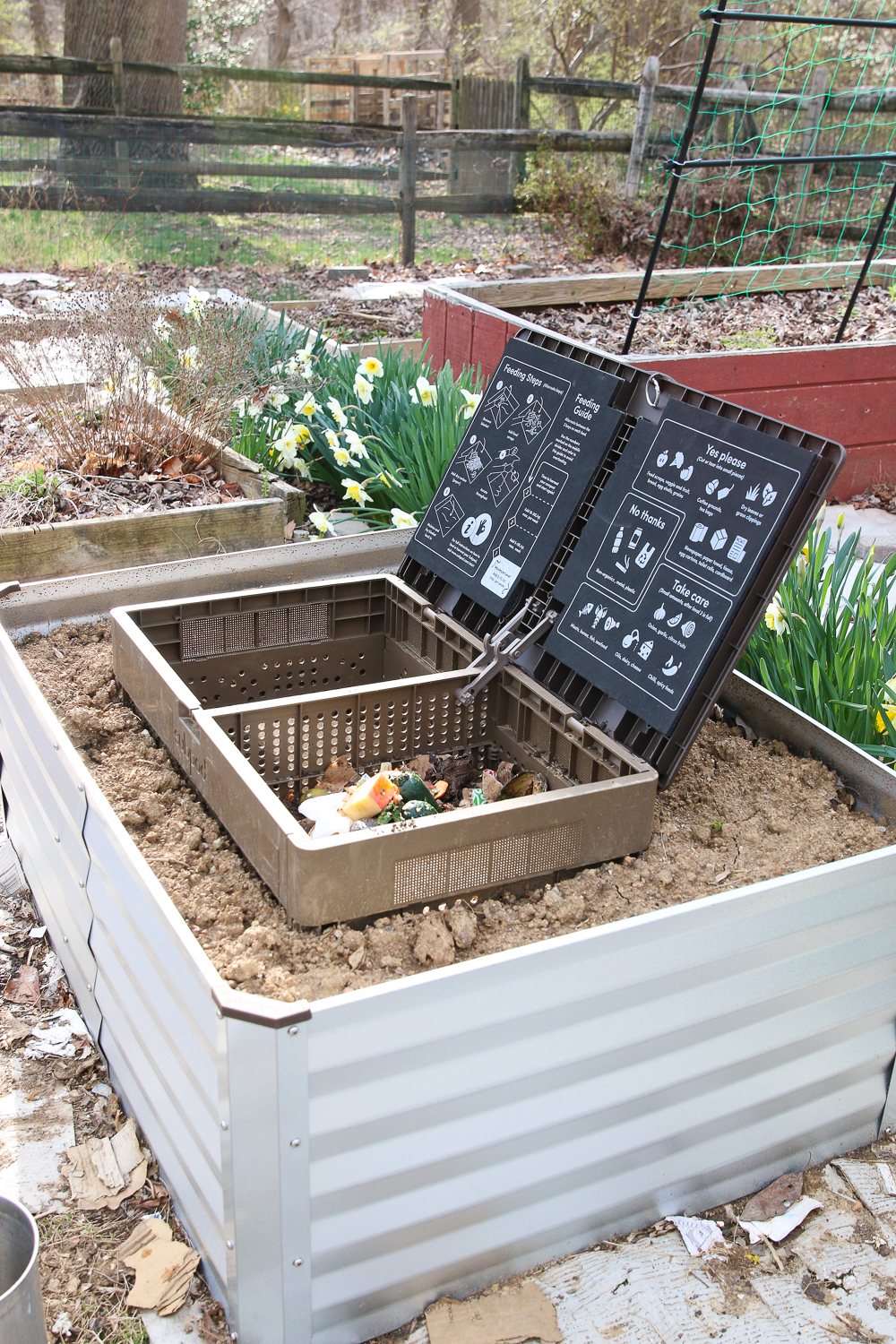
Without all the holes buried, the smell of the food scraps in the bin attracted raccoons who desperately dug around the Subpod trying to figure out how to access the smelly scraps.
The chaotic prints on top of the Subpod next to the voraciously dug holes in the soil left plenty of evidence to convict the raccoons of the damage. But this incident did prove that the Subpod latch keeps out even the most energetic and wily of animals.
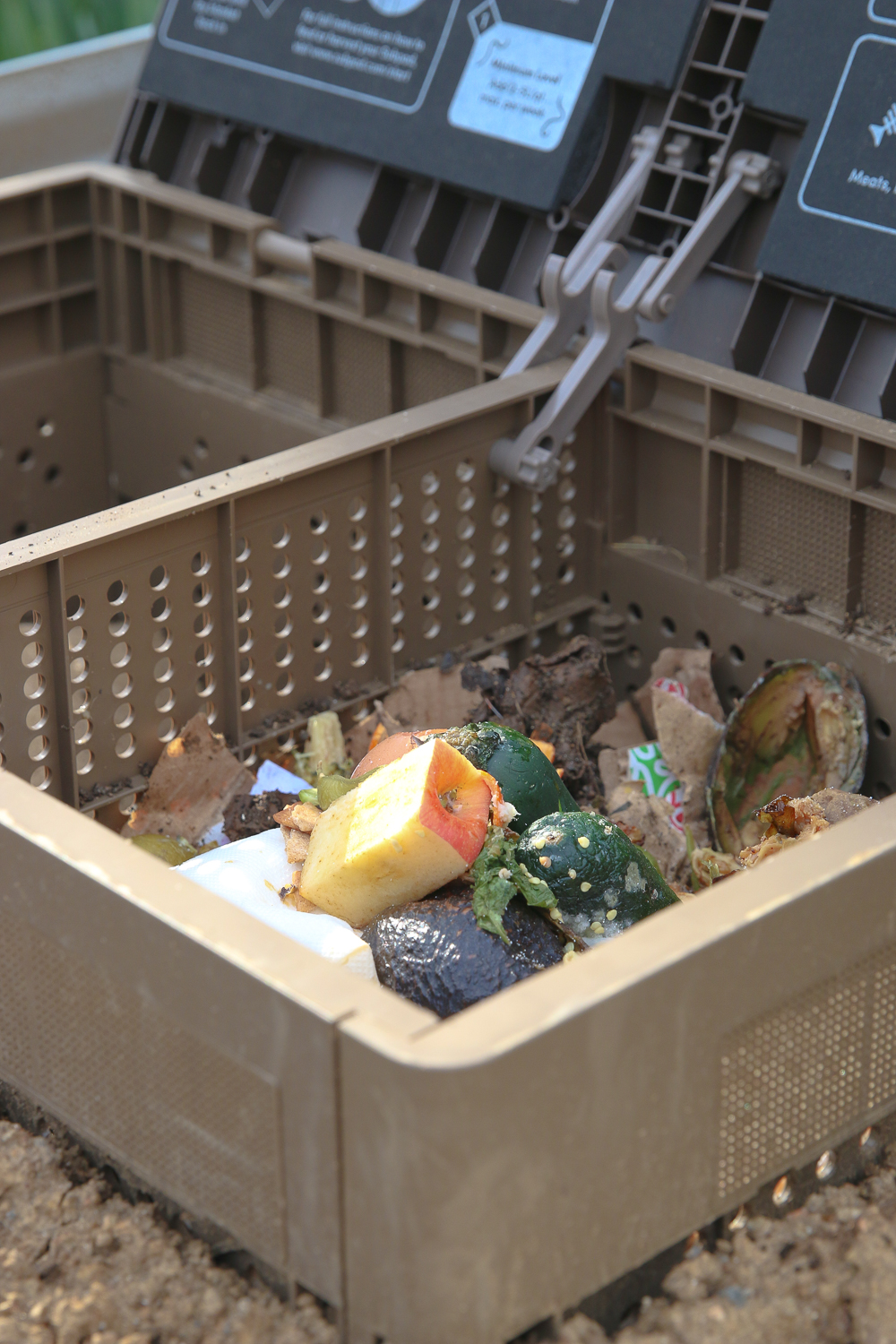
Hoping the dirt would cover up the smell of the scraps from the raccoons, I think I buried the red wigglers beyond recovery. Eventually, I will clean out the Subpod and start over. Until then, I’m sticking to my open compost bin for now.
I know I’ll find Supbod success eventually. There are too many people who rave about it. I just need to find some patience to figure out the quirks about how it works.
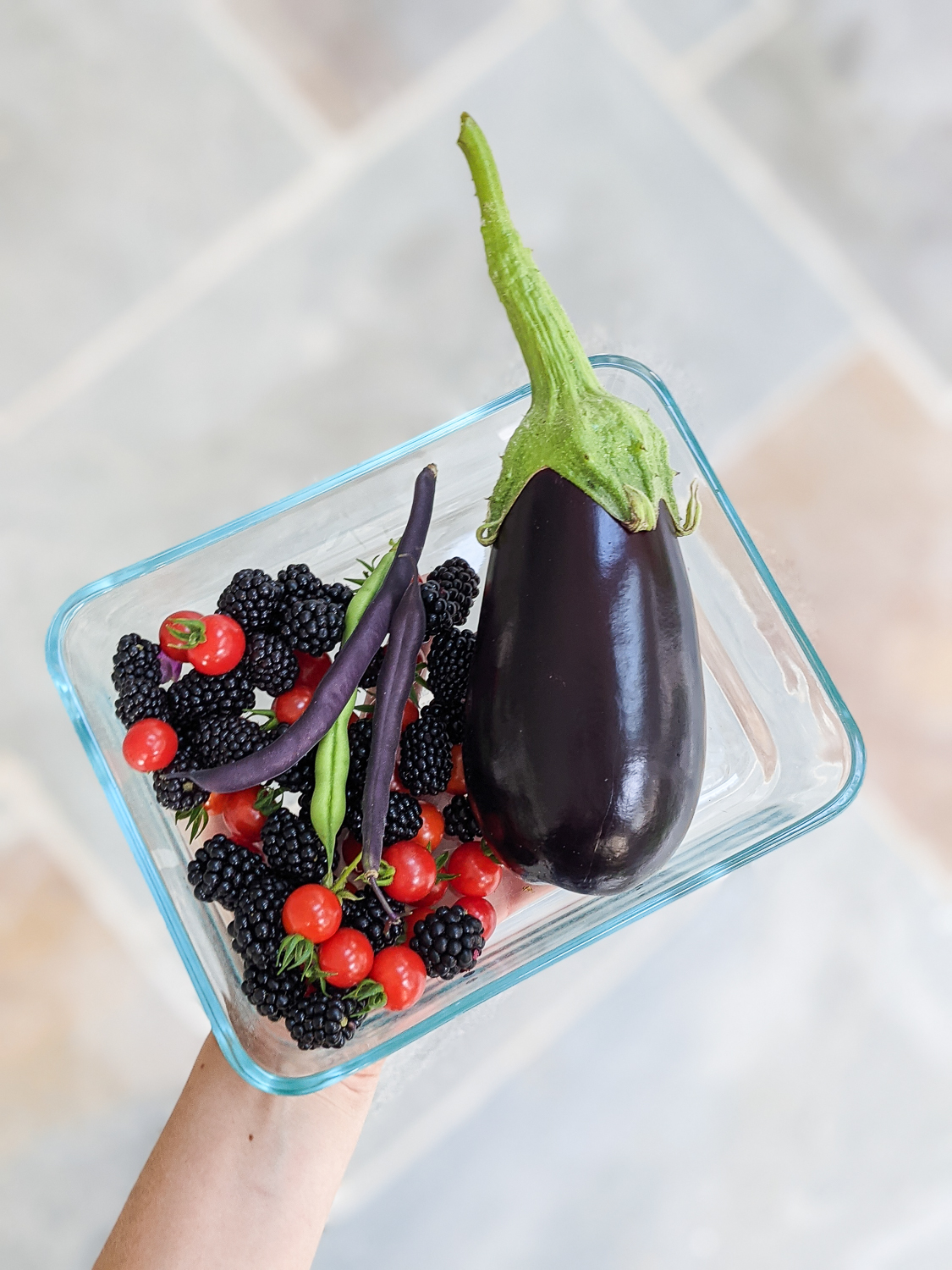
What Makes Our Garden A Regenerative Garden?
Each decision I make about how to manage our garden is driven by the principles of making the ecosystem healthier, increasing biodiversity, and working with nature to use its strengths as much as possible.
I don’t use any harsh chemicals, artificial fertilizers, pesticides, or herbicides. Aside from the compost amendment, I let nature feed itself. We have spider webs connected to many of the garden supports, a sign that there are plenty of beneficial bugs executing integrated pest management so I don’t have to rely on pesticides.
I’ve shared more in this post about how I define a regenerative garden and why regenerative gardens are important for our ecosystems. In short, they help address climate change, rebuild our soils, create pollinator habitats, tackle food apartheid and food deserts, and more.
Do you have a garden (big or small)? Do you use regenerative principles to manage your garden? If not, what might help you transition to more regenerative gardening habits? I’d love to hear in the comments.
If You Like This Post About Regenerative Gardening, You Might Also Like
10 Principles Of A Climate Resilience Garden
7 Tips for Growing Seedlings with Kids
6 Signs A Regenerative Garden is Thriving
